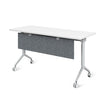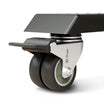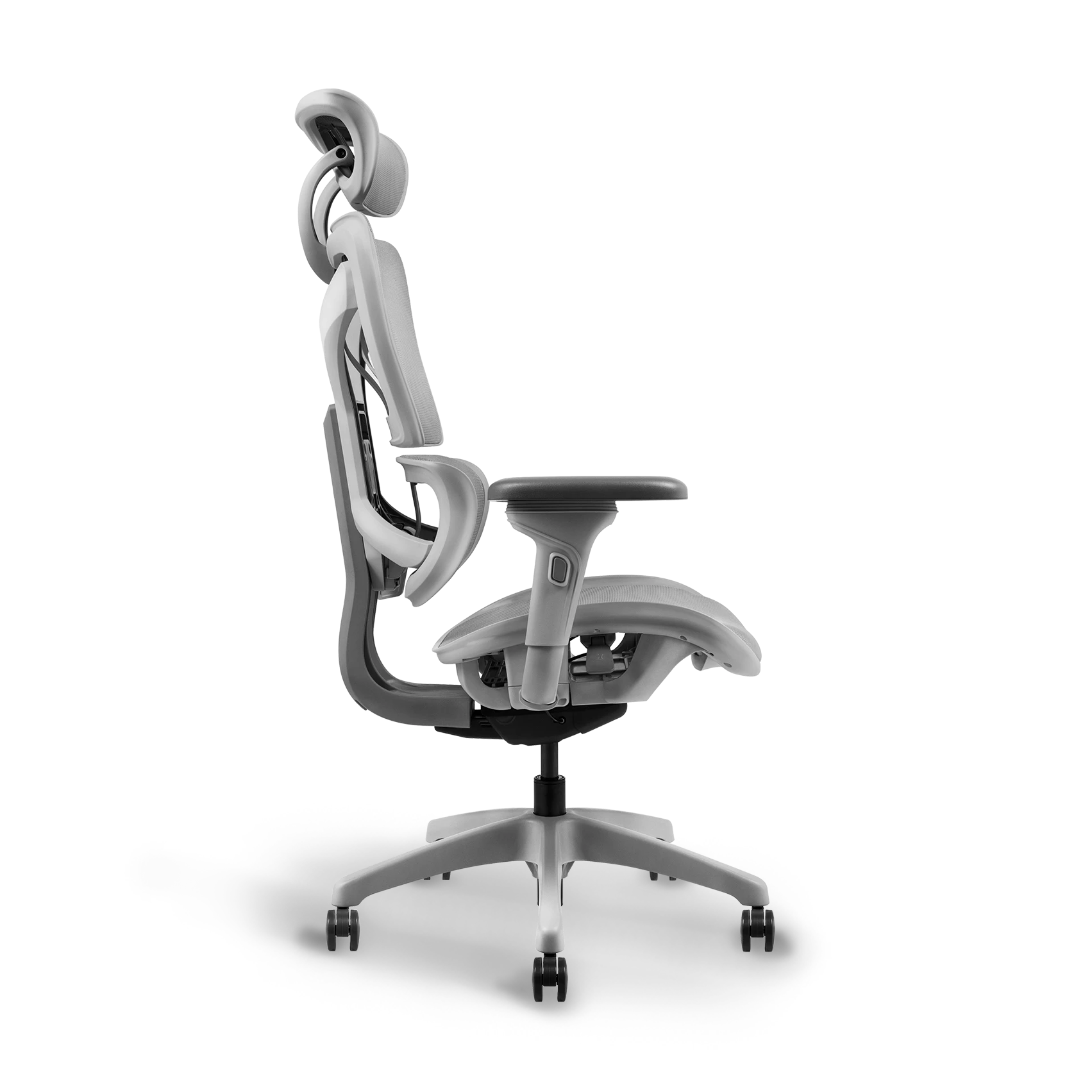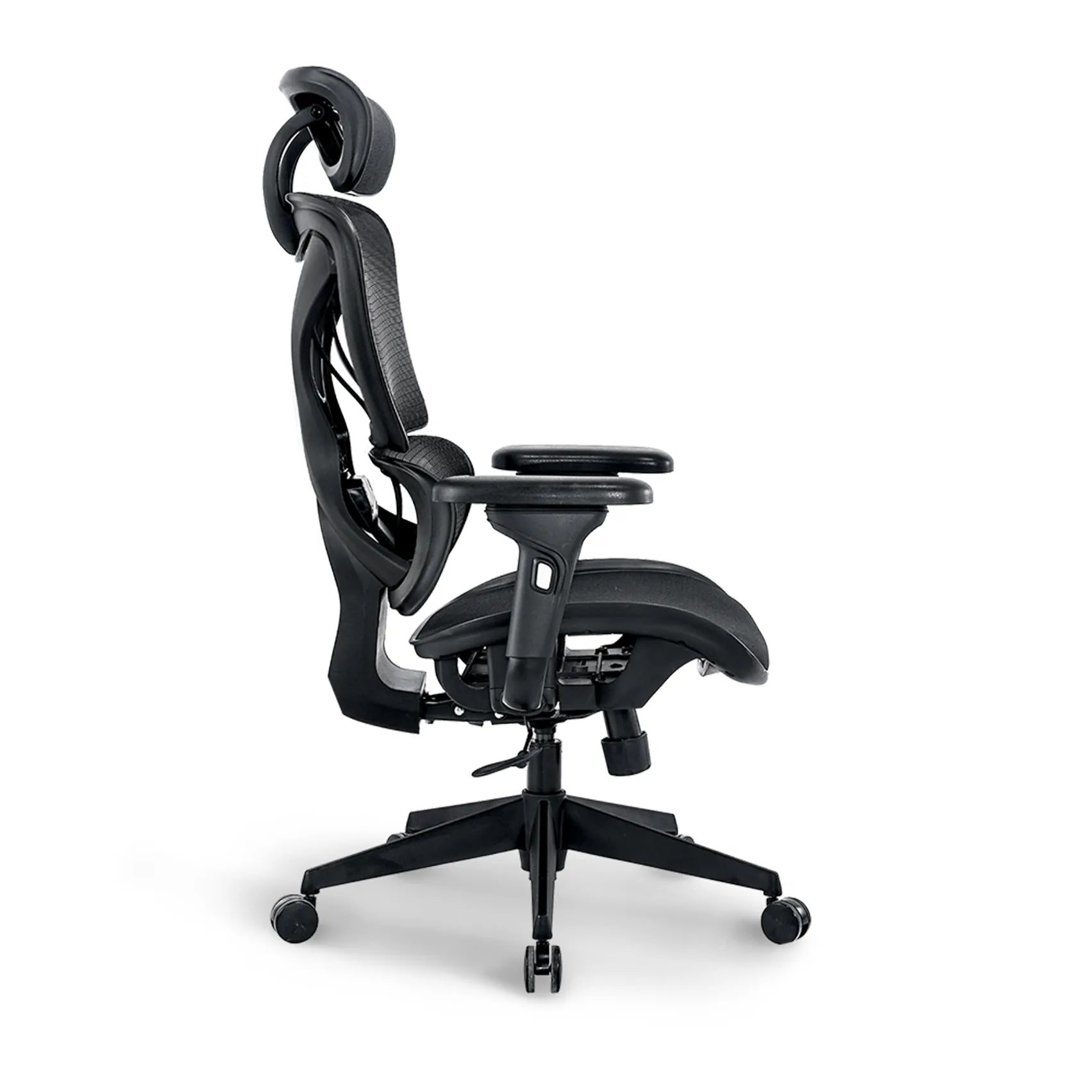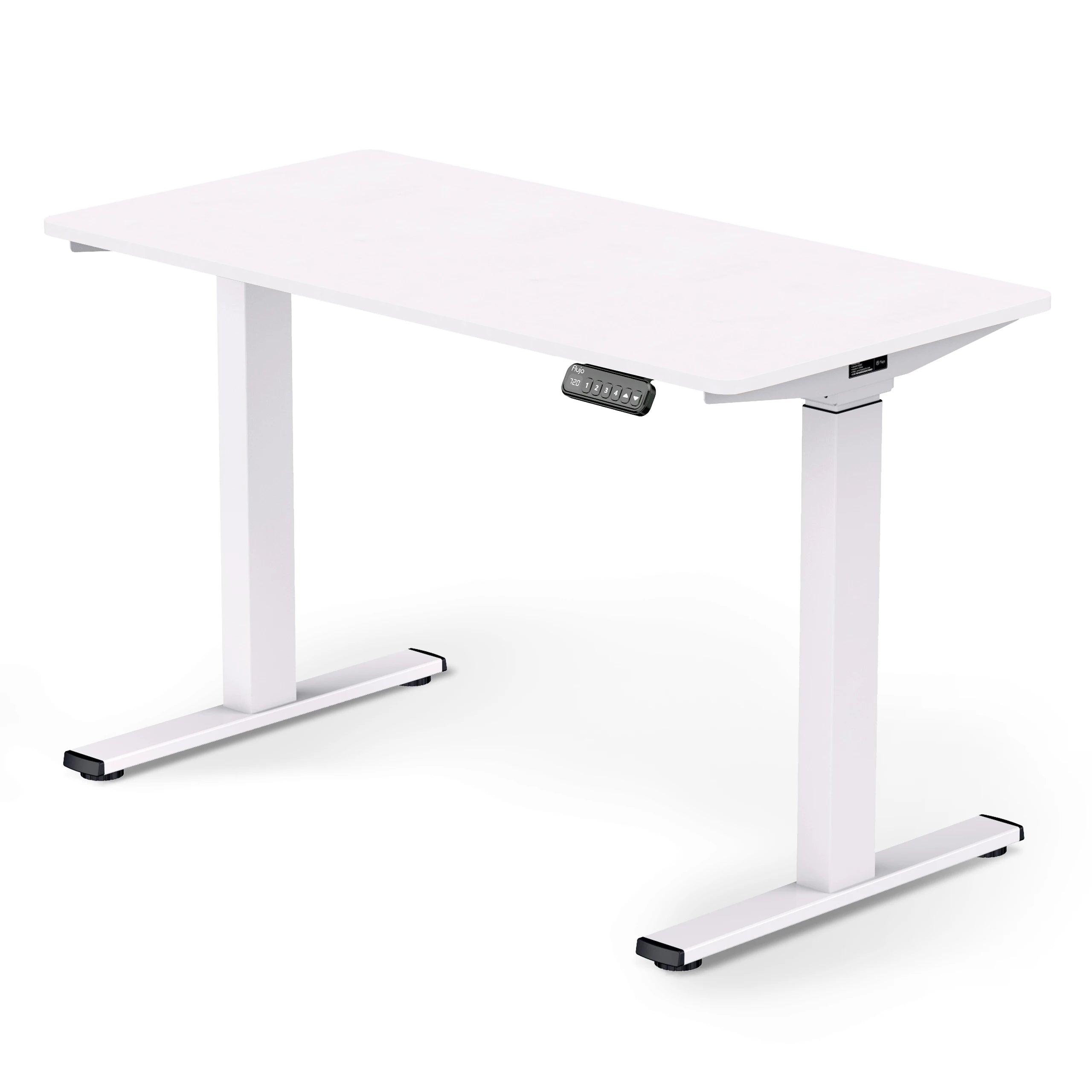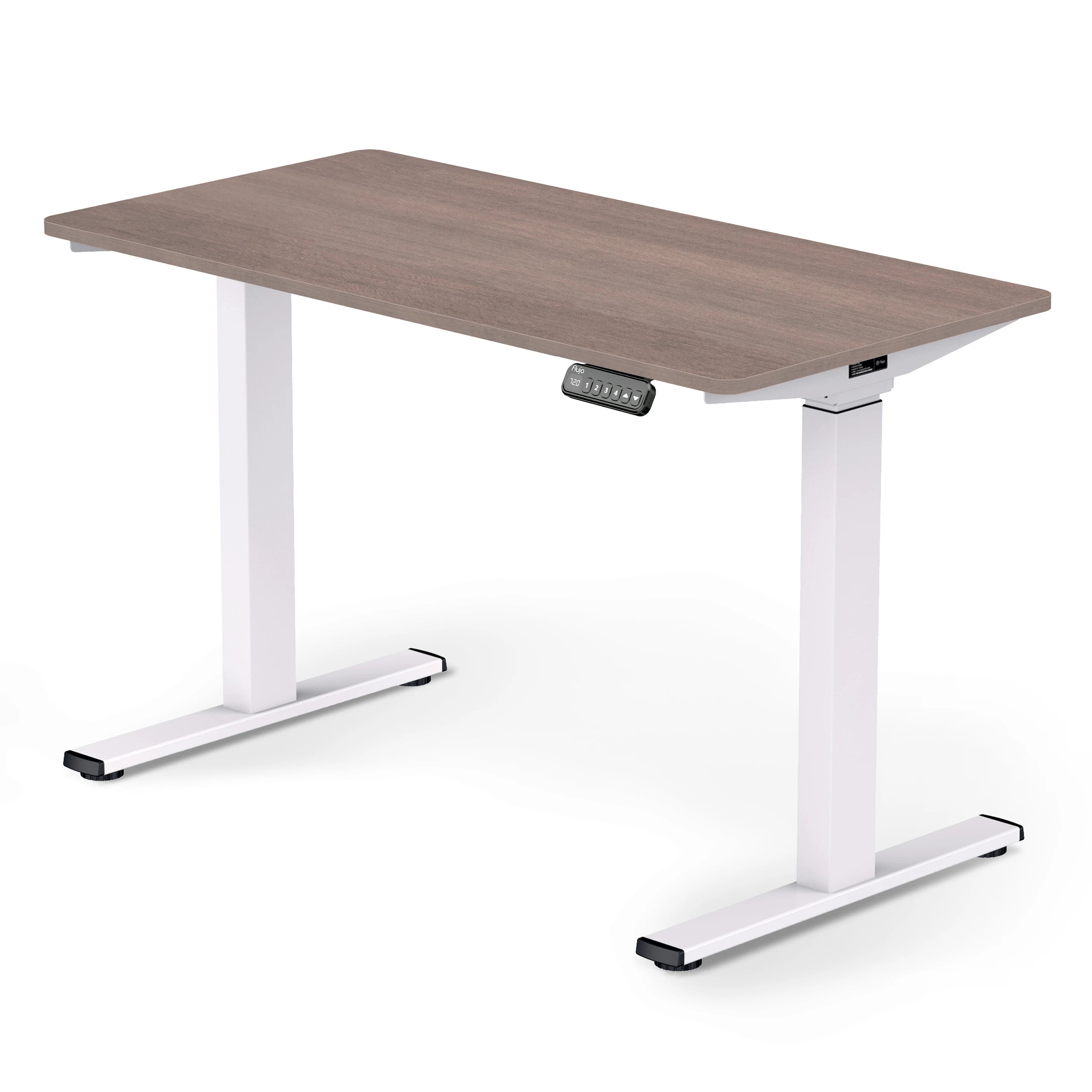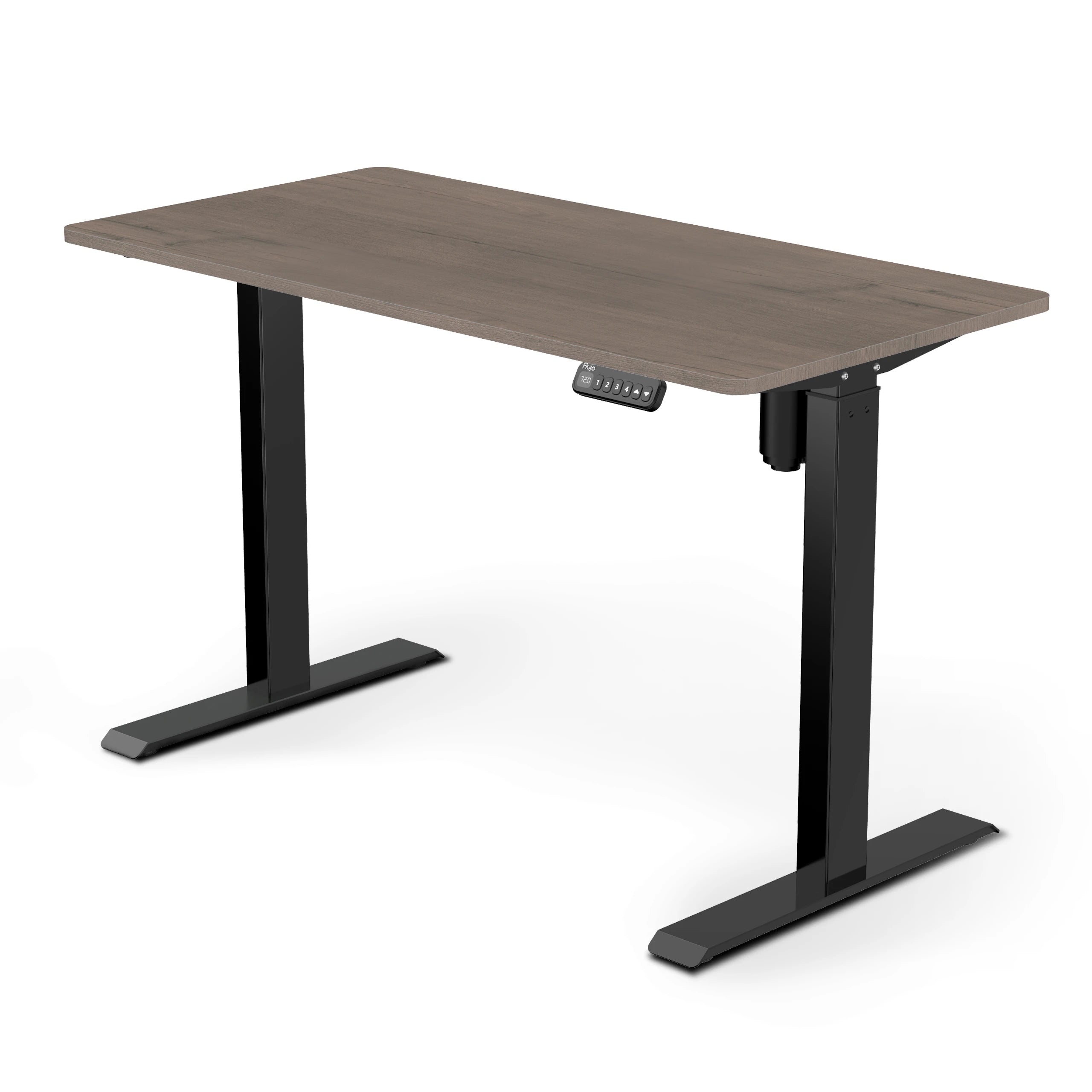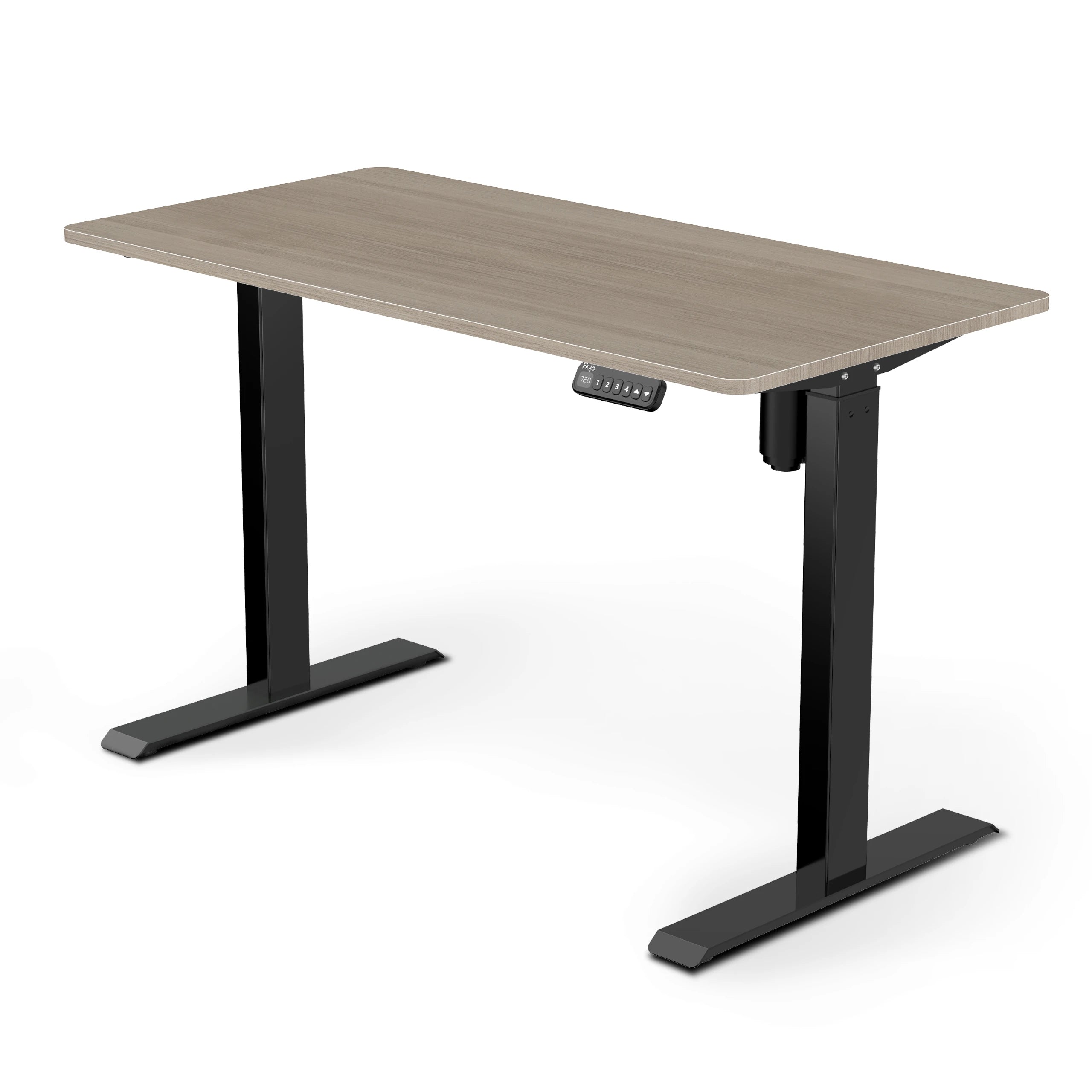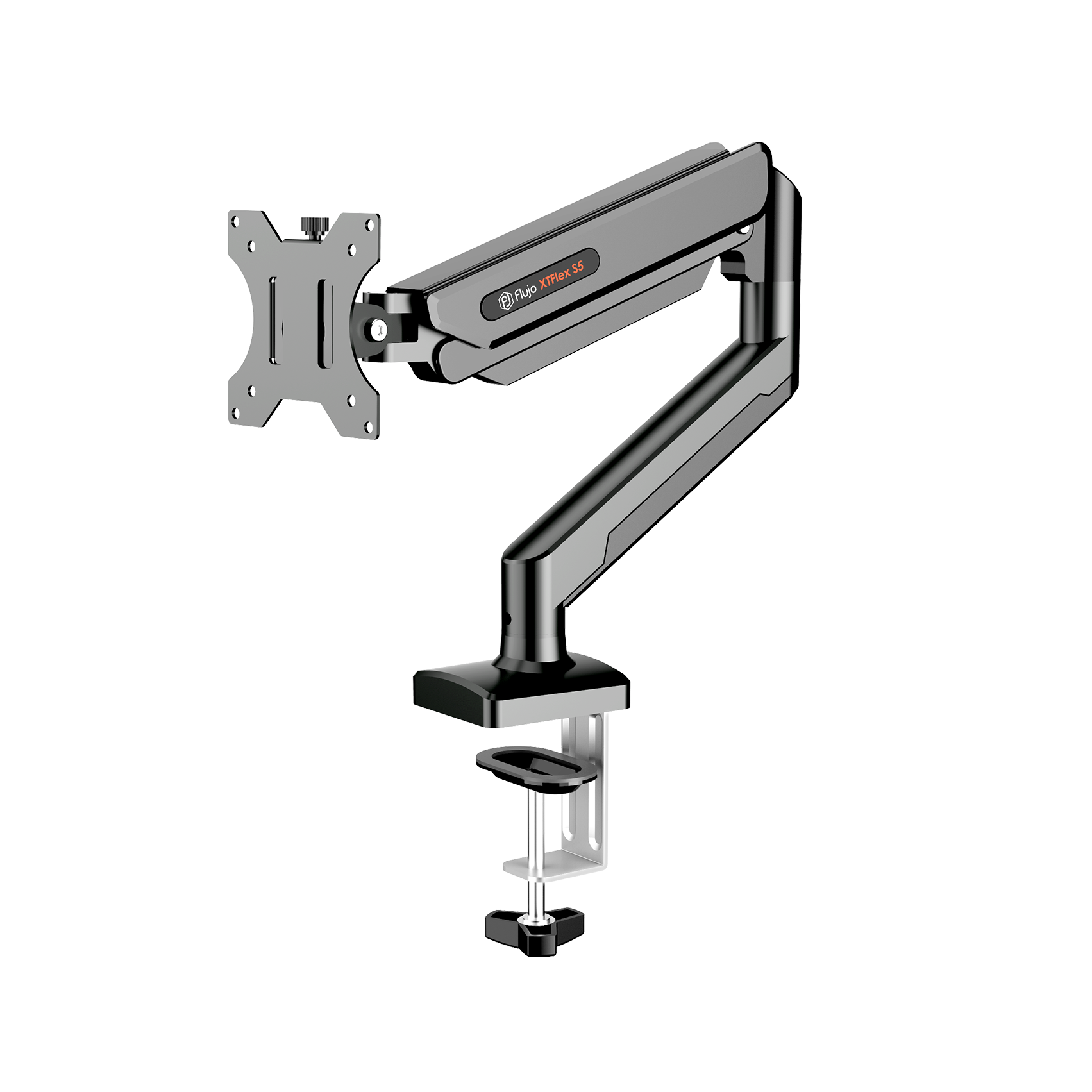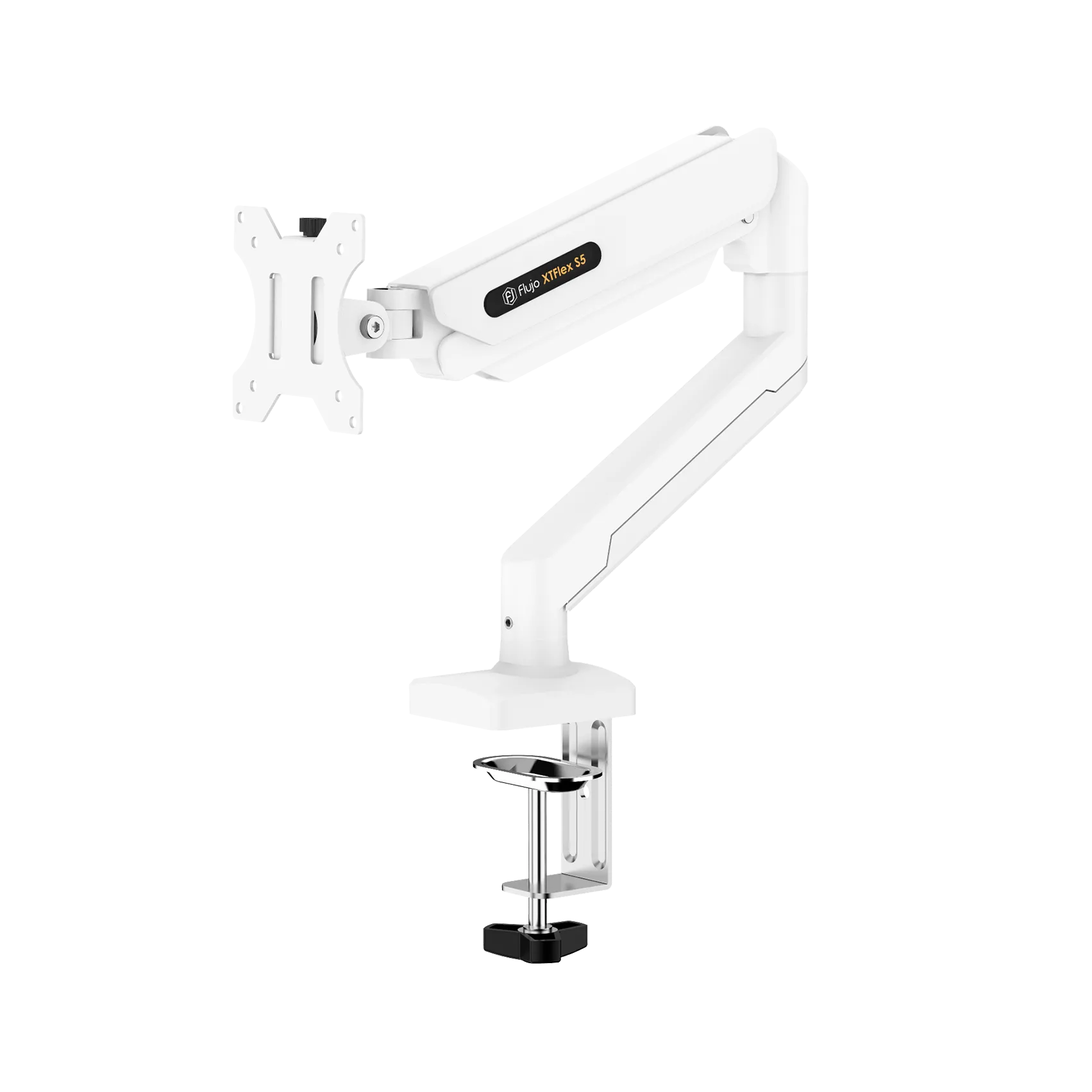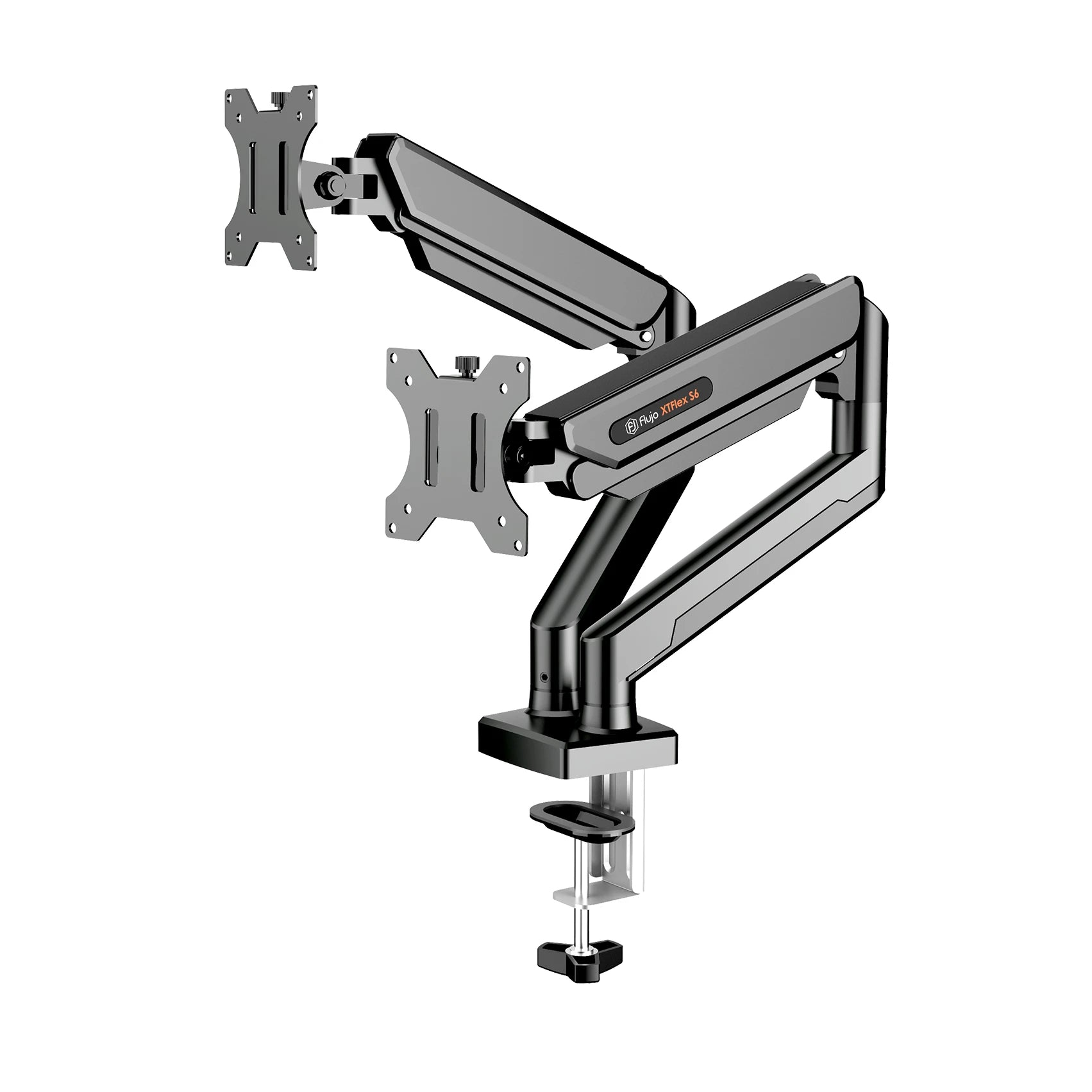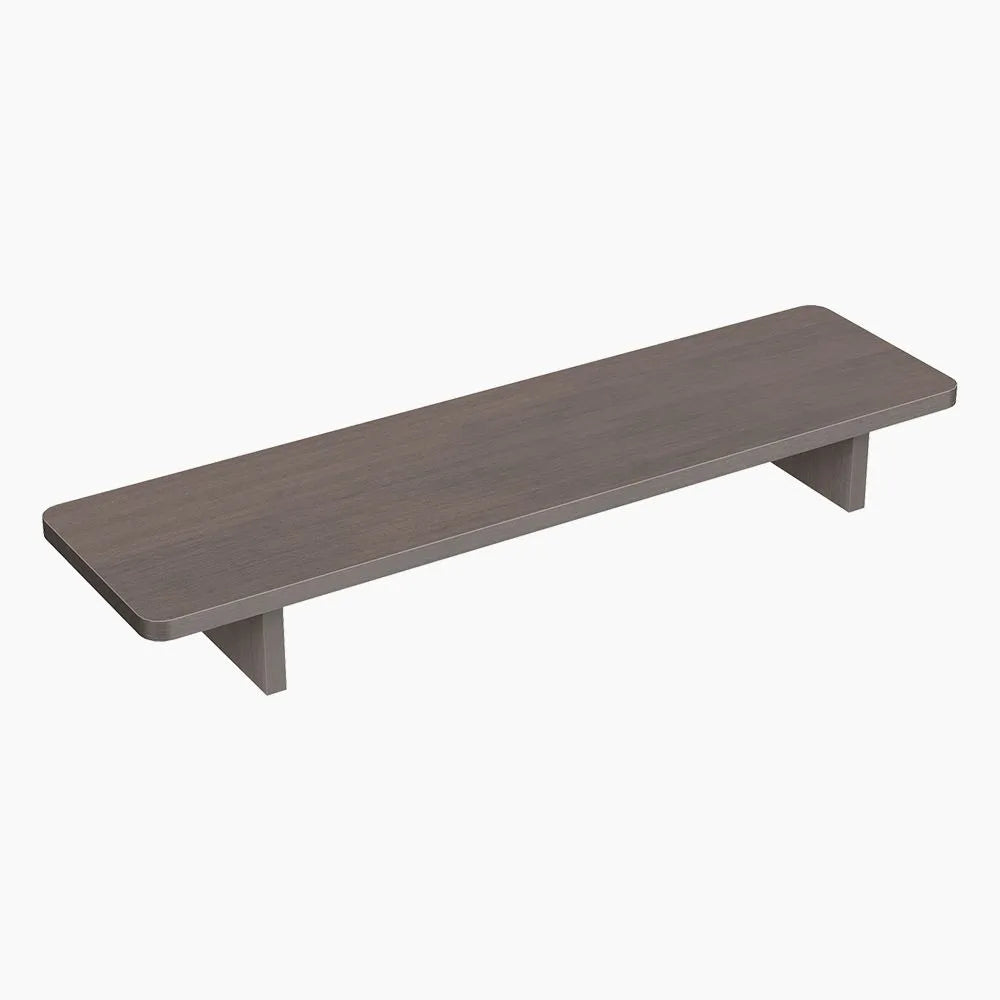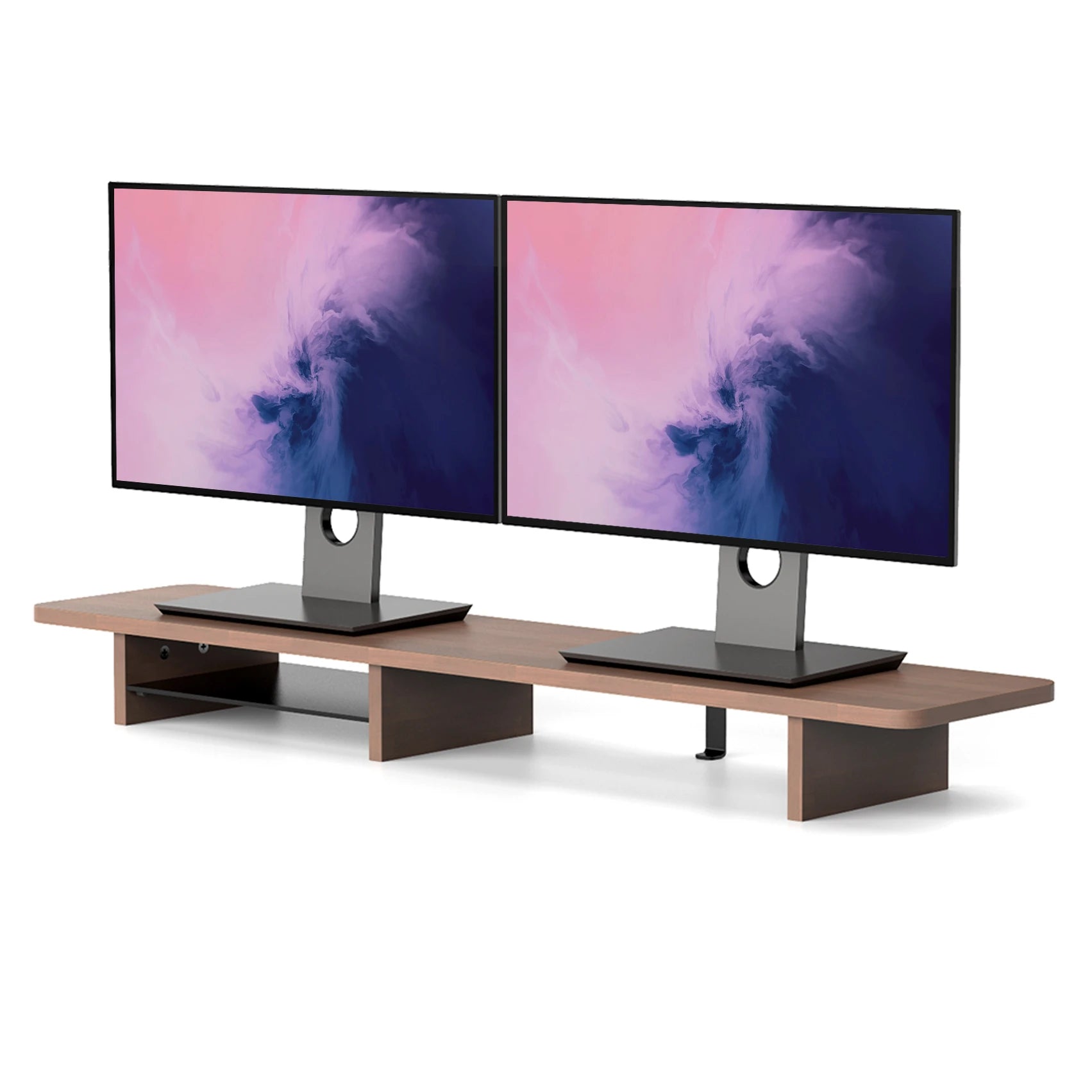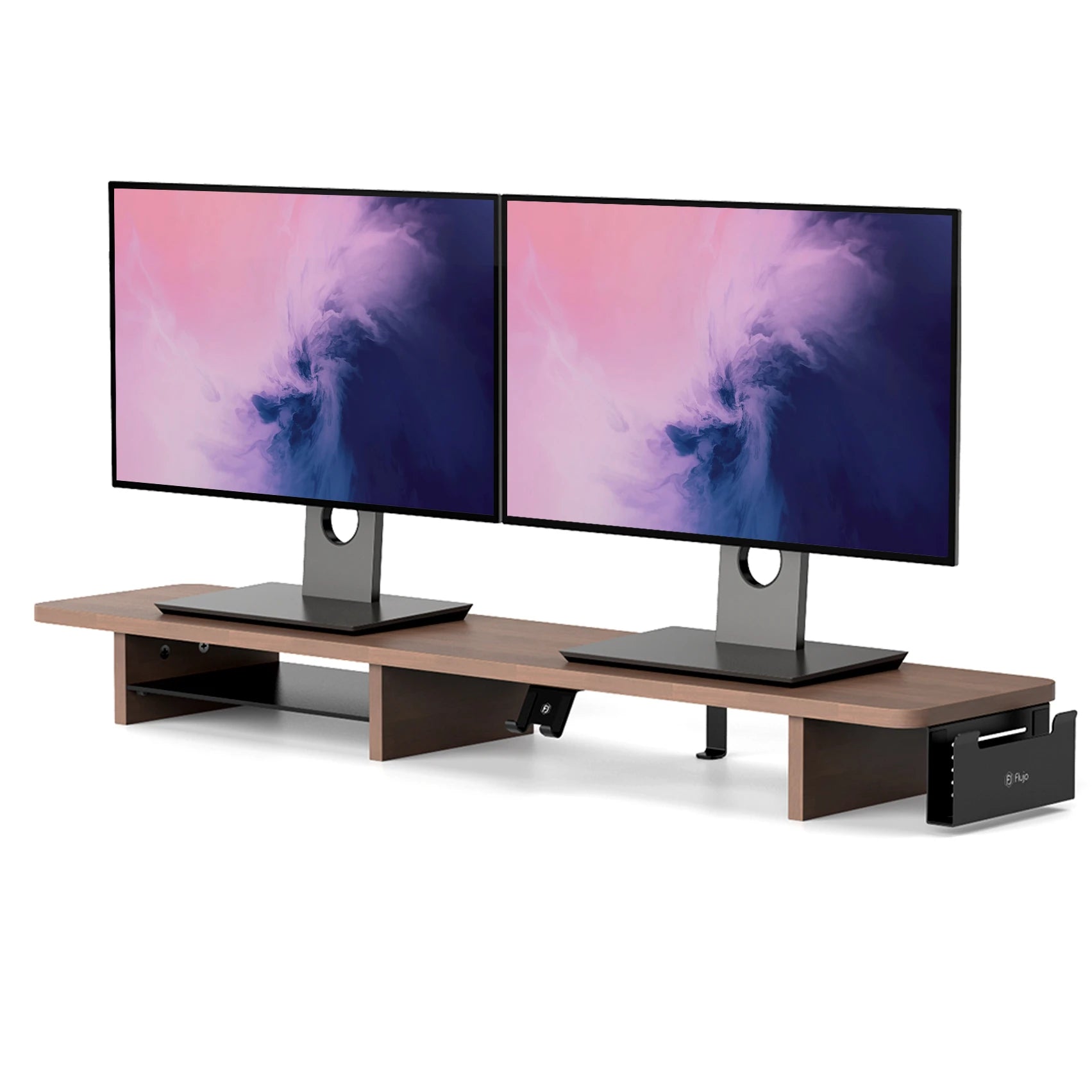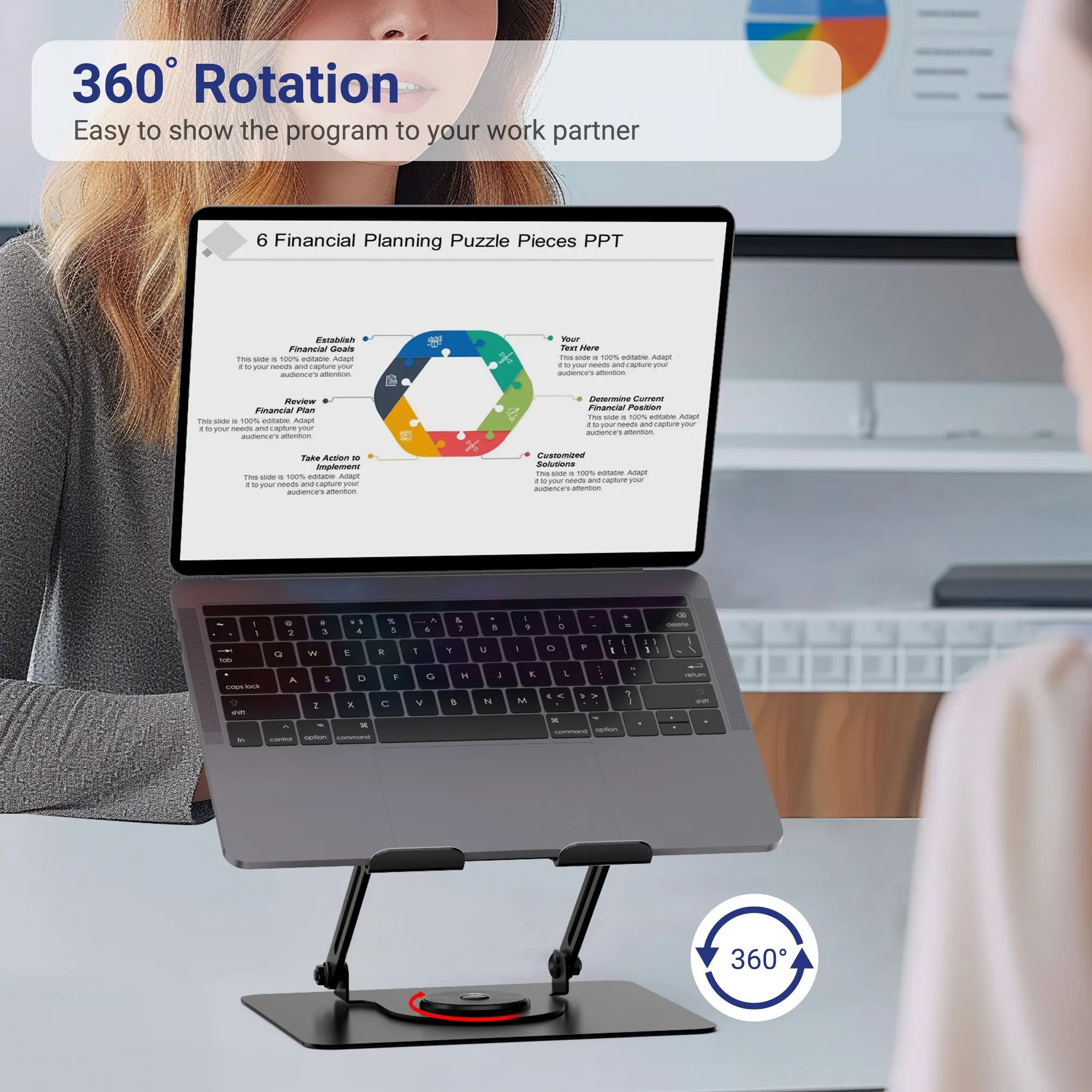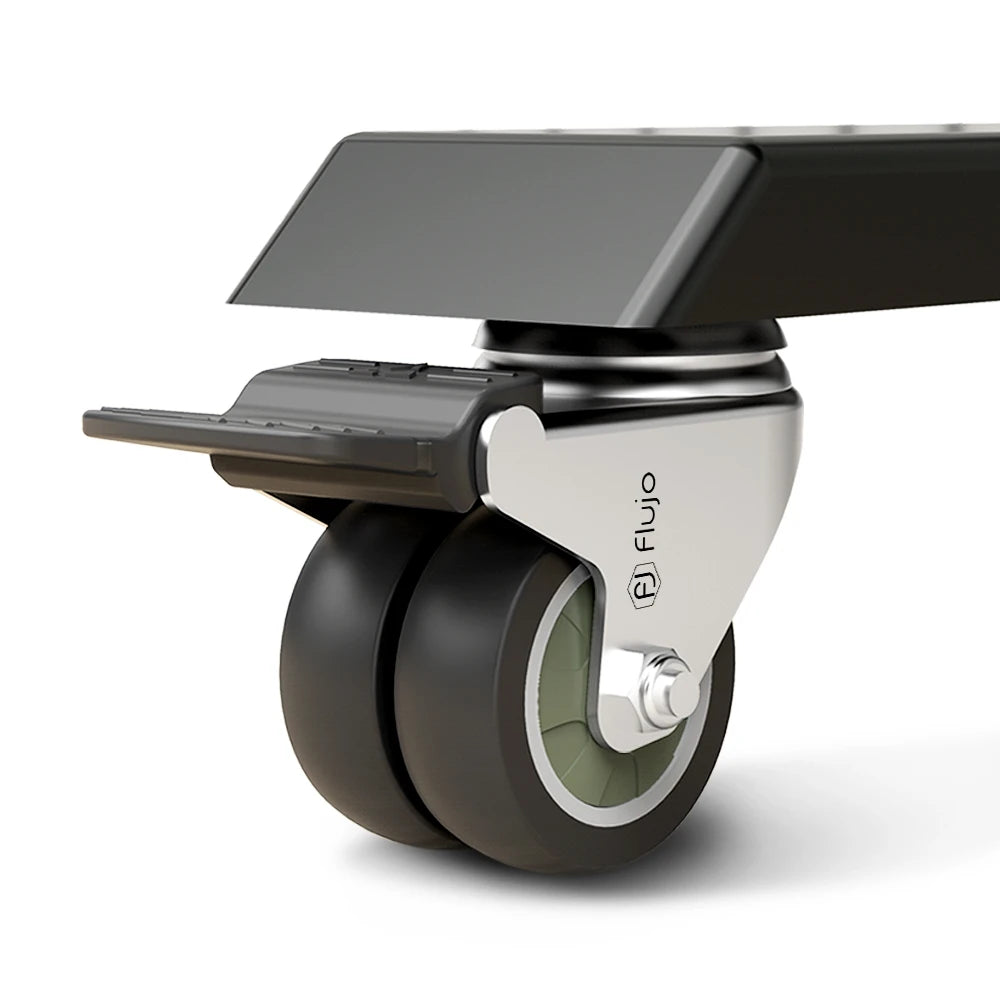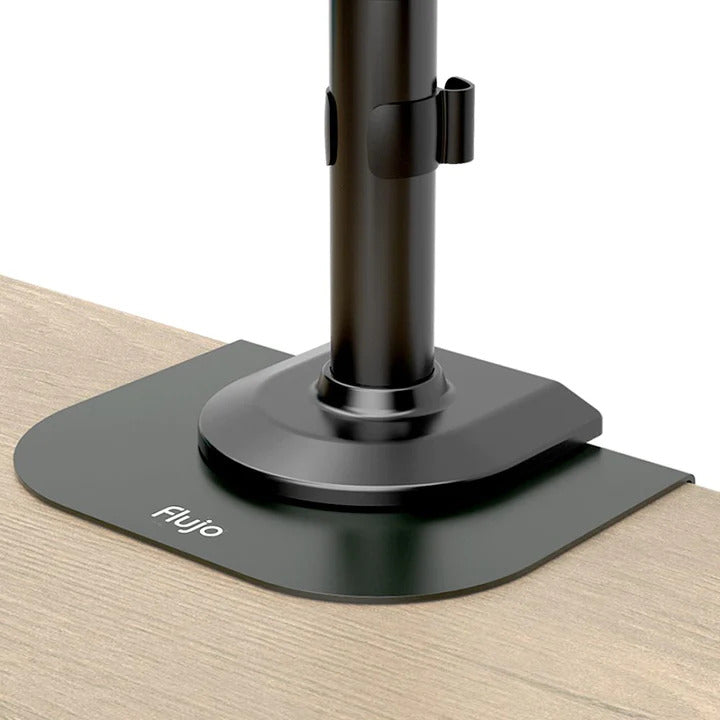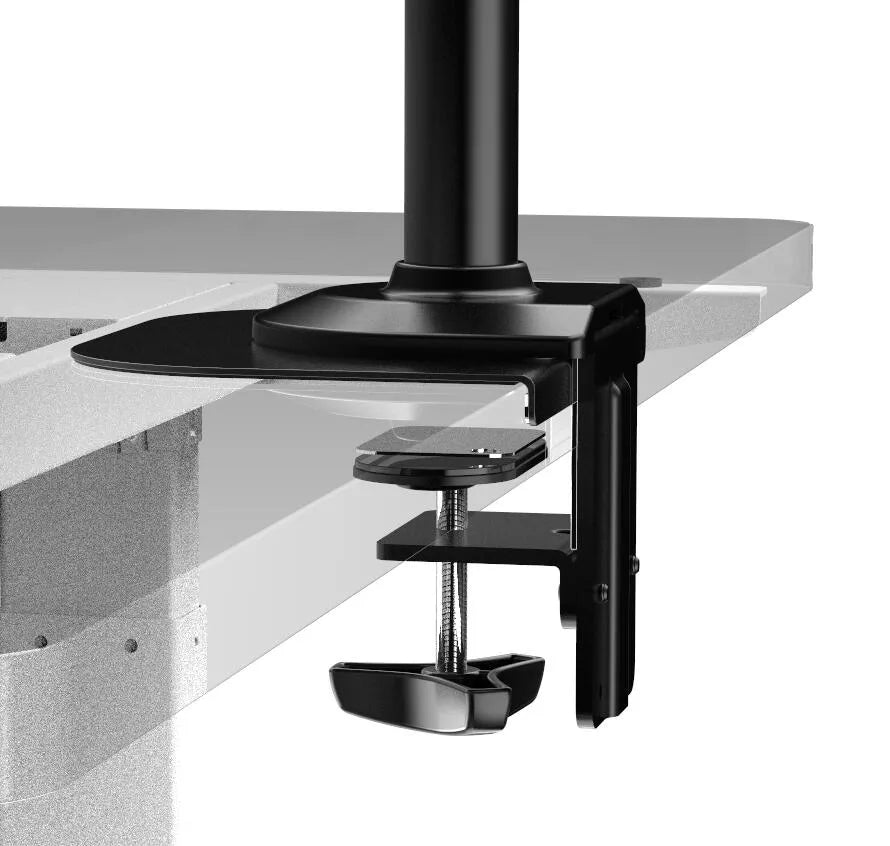The Benefits of Using a Standing Desk for Your Health and Productivity
In today's sedentary work culture, more and more people are realizing the importance of incorporating healthy habits into their daily routine. One such habit gaining popularity is using a standing desk. Standing desks have gained recognition for their potential to improve both physical health and productivity levels. In this comprehensive guide, we will explore the numerous benefits of using a standing desk, including its positive impact on posture, ergonomics, and overall well-being.

Improved Posture and Reduced Back Pain
Maintaining proper posture is crucial for overall health and well-being. Unfortunately, many individuals spend extended periods sitting at their desks, which can lead to poor posture and chronic back pain. However, using a standing desk can significantly improve posture and alleviate back pain. In this article, we delve into how incorporating a standing desk into your work routine can help you achieve better posture and experience relief from back pain. --12 Excellent Stretches To Improve Back Pain At Your Desk

Proper Spinal Alignment: When standing at a desk, your body naturally aligns itself more ergonomically. The upright position encourages a straight spine and engages the core muscles. This alignment distributes the body's weight more evenly, reducing strain on the spine, and promoting better posture.
Engaged Core Muscles: Standing activates the core muscles as they work to maintain stability and support the body's upright position. These muscles include the abdominal, oblique, and lower back muscles. By strengthening these core muscles through standing, you provide essential support for your spine, leading to improved posture.
Reduced Pressure on the Spine: Prolonged sitting can put excessive pressure on the spinal discs, leading to compression and discomfort. Standing, on the other hand, helps alleviate this pressure by reducing the load on the spine. By standing, you allow the discs in your spine to decompress, relieving strain and minimizing the risk of chronic back pain.
Improved Muscle Tone and Flexibility: Standing regularly helps improve muscle tone and flexibility, particularly in the lower body. Muscles in the legs, hips, and buttocks remain active, helping to strengthen and tone these areas. Additionally, standing encourages natural movement, promoting better blood circulation, which can enhance flexibility and reduce stiffness in the muscles and joints.
Enhanced Ergonomics and Adjustable Options: Many standing desks offer adjustable height settings, allowing you to customize the desk to your ideal ergonomic position. This adaptability ensures that your desk setup suits your specific needs, whether you are tall, short, or have specific requirements due to a pre-existing condition. By achieving the correct ergonomic setup, you reduce strain on the back and promote optimal posture.
Increased Energy and Focus
In today's fast-paced world, maintaining high energy levels and unwavering focus is essential for productivity and success. However, many individuals struggle with fatigue and distractions throughout the day. Fortunately, there are strategies you can implement to boost your energy and enhance your ability to concentrate. This paragraph explores effective techniques to increase energy levels and improve focus, allowing you to accomplish more in your personal and professional life.

Prioritize Quality Sleep: One of the most fundamental aspects of increasing energy and focus is ensuring you get adequate, high-quality sleep. Aim for 7-8 hours of uninterrupted sleep each night to allow your body and mind to rest and recharge. Establish a consistent sleep routine and create a comfortable sleep environment that promotes relaxation.
Stay Hydrated: Dehydration can lead to fatigue and reduced cognitive function. Make it a habit to drink enough water throughout the day to stay properly hydrated. Consider keeping a water bottle at your desk or setting reminders to encourage regular hydration breaks.
Maintain a Balanced Diet: Fueling your body with nutritious foods is crucial for sustaining energy levels and supporting mental clarity. Incorporate a well-balanced diet rich in fruits, vegetables, whole grains, lean proteins, and healthy fats. Avoid relying on sugary snacks or excessive caffeine, as they can lead to energy crashes and reduced focus.
Regular Physical Activity: Engaging in regular exercise is a powerful way to boost energy and improve focus. Physical activity increases blood flow and releases endorphins, promoting alertness and mental sharpness. Find activities you enjoy, such as walking, jogging, or yoga, and aim for at least 30 minutes of exercise most days of the week.
Take Breaks and Practice Mindfulness: Working for extended periods without breaks can lead to mental fatigue and decreased productivity. Incorporate short breaks into your routine to recharge your mind. Use these breaks to practice mindfulness techniques like deep breathing or meditation, which can enhance focus and clarity.
Optimize Your Workspace: Your physical environment can greatly impact your energy and focus. Ensure your workspace is well-lit, organized, and free from distractions. Consider using ergonomic furniture, such as a standing desk or an ergonomic chair, to support proper posture and reduce physical discomfort.
Manage Stress Levels: High levels of stress can drain your energy and impair concentration. Implement stress management techniques like time management, prioritization, and delegation. Find activities that help you relax and unwind, such as listening to music, practicing hobbies, or spending time in nature.
Enhanced Blood Circulation and Heart Health
Good blood circulation and a healthy heart are vital for overall well-being. In this article, we will explore how using a standing desk can contribute to enhanced blood circulation and heart health. By understanding the relationship between movement, posture, and cardiovascular wellness, you'll discover the positive impact that a standing desk can have on your heart health.

Increased Movement and Blood Flow: Sitting for extended periods restricts blood flow and can lead to stagnant circulation. However, using a standing desk encourages movement and helps combat this issue. By standing upright, you engage your leg muscles, prompting them to contract and pump blood back up towards your heart. This continuous movement facilitates improved blood circulation throughout your body.
Prevention of Deep Vein Thrombosis (DVT): Deep vein thrombosis is a condition characterized by the formation of blood clots in deep veins, typically in the legs. Prolonged sitting can increase the risk of DVT. However, by incorporating regular standing breaks, you reduce the likelihood of blood pooling in your legs and the formation of clots. This simple change in posture can help mitigate the risk of this potentially dangerous condition.
Lowered Blood Pressure: High blood pressure, or hypertension, is a significant risk factor for cardiovascular diseases. Research suggests that standing intermittently throughout the day can help lower blood pressure levels. When you stand, your muscles work to counteract the force of gravity, which assists in improving blood flow and reducing the strain on your cardiovascular system. By integrating standing into your work routine, you can contribute to better blood pressure management.
Improved Heart Health: Engaging in regular physical activity is crucial for maintaining a healthy heart. While standing alone may not be as intense as vigorous exercise, it still offers benefits for cardiovascular wellness. By standing and moving more throughout the day, you increase your heart rate and promote better cardiovascular function. Over time, these small changes can have a positive impact on your heart health, reducing the risk of heart disease and related conditions.
Enhanced Energy and Endurance: Using a standing desk can boost energy levels, allowing you to be more physically active. Regular standing breaks help combat fatigue and prevent sedentary behaviour, both of which can contribute to poor heart health. By staying active and engaged, you improve your overall endurance and stamina, supporting your heart's ability to perform optimally.
Calorie Burn and Weight Management
In our quest for a healthy lifestyle, weight management plays a crucial role. Traditional sedentary office work often contributes to a more sedentary lifestyle overall, which can lead to weight gain and associated health issues. However, incorporating a standing desk into your daily routine can help address this concern. In this paragraph, we will explore the relationship between standing desks, calorie burn, and weight management.--Do You Burn More Calories When Using A Standing Desk?

Increased Calorie Expenditure: Using a standing desk promotes an increase in calorie expenditure compared to sitting. While the difference may seem modest, standing burns more calories because it engages more muscles and requires more energy to maintain an upright position. Studies have shown that standing can burn up to 50 calories more per hour than sitting. Over the course of a workday, this additional calorie burn can add up and contribute to weight management efforts.
Activation of Muscles: Standing requires the engagement of various muscle groups, such as the leg muscles, core, and back muscles. These muscles are constantly working to support the body's weight and maintain balance. This activation of muscles not only helps to burn calories but also contributes to overall muscle tone and strength. Regularly using a standing desk can gradually build muscle endurance and support a more active and healthy lifestyle.
Improved Metabolic Rate: Standing increases metabolic rate compared to sitting. When you stand, your body is in an active state, and metabolic processes work more efficiently. This heightened metabolic rate can positively impact weight management efforts by allowing your body to process calories more effectively. Over time, this can lead to better weight control and overall metabolic health.
Small Lifestyle Changes: Incorporating a standing desk is a small but impactful lifestyle change that can support weight management goals. Standing at your desk not only burns more calories but also encourages movement and breaks up prolonged periods of sitting. You can further enhance the calorie burn by incorporating light exercises or stretches during standing breaks. These small lifestyle changes can make a significant difference in overall calorie expenditure and contribute to weight management efforts.
Increased Productivity and Engagement
In today's fast-paced and competitive work environment, productivity and engagement are key factors that can significantly impact the success of individuals and organizations alike. Interestingly, incorporating a standing desk into your workspace can play a crucial role in enhancing productivity and engagement levels.
When you stand while working, you experience a heightened sense of alertness and engagement with your tasks. The change in position stimulates your body and mind, breaking the monotony of sitting and creating a more dynamic work environment. This increased alertness leads to improved focus and concentration, allowing you to tackle tasks with greater efficiency.
Moreover, standing desks encourage movement and discourage the sedentary behavior associated with sitting for long periods. This active stance promotes blood circulation, ensuring that oxygen and nutrients reach your brain and muscles, further boosting cognitive function and overall productivity. As a result, you can experience increased mental clarity and creativity, allowing you to approach your work with fresh perspectives and innovative ideas.

Additionally, standing while working can have a positive impact on your energy levels. Sitting for extended periods often leads to feelings of fatigue and sluggishness, which can hinder productivity. However, by using a standing desk, you can combat these energy slumps and maintain a more consistent level of attentiveness throughout the day. This sustained energy helps you stay engaged with your tasks, resulting in higher-quality work and increased productivity.
Furthermore, the physical act of standing encourages a more active work environment. When you're on your feet, you're more likely to engage in natural movements such as pacing, stretching, or taking short walking breaks. These brief moments of physical activity can rejuvenate both your body and mind, preventing the onset of mental fatigue and boosting your overall productivity.
It's worth noting that productivity is not solely dependent on physical factors but is also influenced by psychological well-being. Standing desks can positively impact your mental state, as they promote a sense of empowerment and confidence. The act of standing can instill a feeling of being in control and ready to take charge, leading to a more proactive and productive mindset
Reduced Risk of Chronic Diseases
Leading a sedentary lifestyle has been closely associated with an increased risk of chronic diseases, such as obesity, diabetes, cardiovascular issues, and certain types of cancer. However, incorporating a standing desk into your daily routine can significantly reduce these risks and promote better long-term health.--How Standing Desks Help Fight Chronic Disease

One of the key factors contributing to the reduced risk of chronic diseases is the increased movement and activity that standing desks encourage. By standing, you engage various muscle groups, such as the legs, core, and back, which promotes better blood circulation throughout the body. Improved blood flow helps to prevent the formation of blood clots and reduces the risk of deep vein thrombosis.
Furthermore, standing desks help combat obesity by increasing calorie expenditure. While the difference in calorie burn between standing and sitting may seem small, the cumulative effect over time can make a significant difference in weight management. Standing at your desk burns more calories than sitting, which, combined with a healthy diet and regular exercise, can contribute to maintaining a healthy weight and reducing the risk of obesity-related conditions.
Another chronic disease significantly influenced by a sedentary lifestyle is diabetes. Prolonged sitting has been linked to insulin resistance, impaired glucose metabolism, and an increased risk of type 2 diabetes. Standing at your desk after meals can help regulate blood sugar levels and improve insulin sensitivity, reducing the likelihood of developing diabetes or managing the condition if already diagnosed.
Cardiovascular health is also positively impacted by standing desks. Sitting for long periods has been associated with increased blood pressure, high cholesterol levels, and an elevated risk of heart disease. By incorporating regular standing breaks into your work routine, you can help maintain healthier blood pressure levels and improve overall cardiovascular function.
Furthermore, studies have shown a correlation between excessive sitting and certain types of cancer, including colon, breast, and endometrial cancer. While the exact mechanisms are still being studied, it is believed that reduced physical activity and poor circulation associated with sitting contribute to increased cancer risks. By incorporating more standing and movement into your day, you can lower the chances of developing these cancers and improve your overall well-being.
In conclusion, by embracing the use of a standing desk, you can significantly reduce the risk of chronic diseases that often stem from a sedentary lifestyle. The increased movement, calorie expenditure, improved blood circulation, and regulation of metabolic processes contribute to a healthier body and a lower likelihood of obesity, diabetes, cardiovascular issues, and certain types of cancer. By making a conscious effort to incorporate standing into your work routine, you are taking a proactive step towards maintaining long-term health and well-being.
Incorporating a standing desk into your daily work routine brings a multitude of benefits for your health and productivity. From improving posture and reducing back pain to boosting energy levels and enhancing focus, this ergonomic solution provides a holistic approach to your well-being. Embrace the advantages of a standing desk, make a conscious effort to maintain correct posture, and experience the positive impact on both your professional and personal life.
About Flujo
Flujo is a Singapore Ergonomic Eco-System company that specializes in ergonomic furniture and solutions We are determined to be a trusted brand to our customers. Designing with driving factors of innovation and customer-centric as core beliefs of our products, we are committed to understanding your needs. We strive to be the No 1 Ergonomic Chair and Height Adjustable Brand in Singapore.
Click here to view our selection of products
If you like our article, please help to like and forward.









